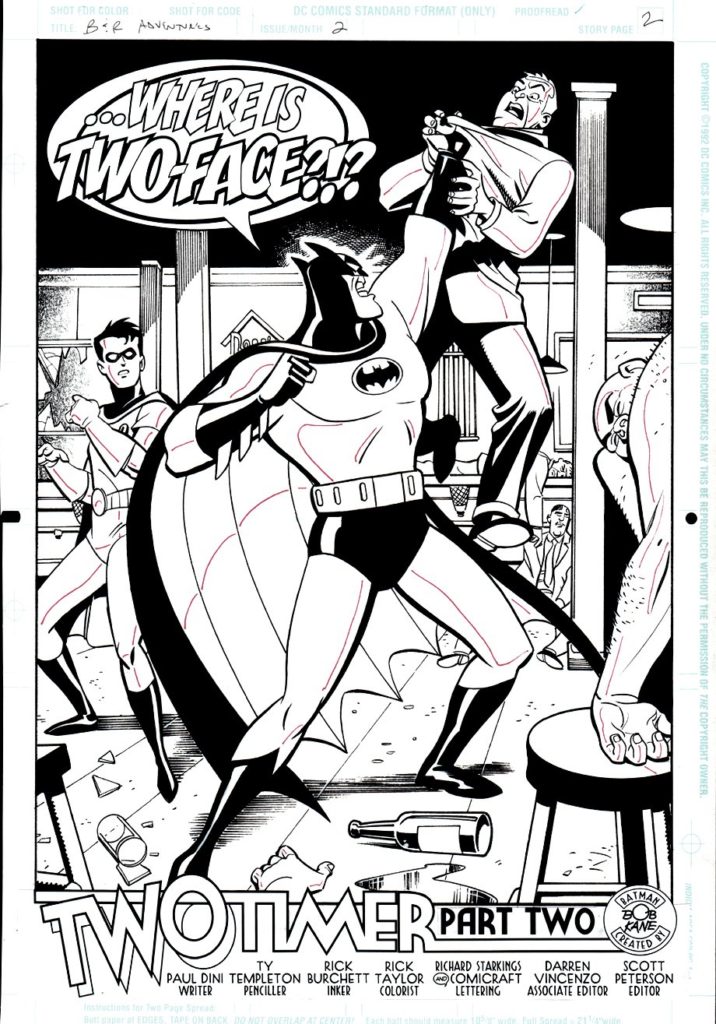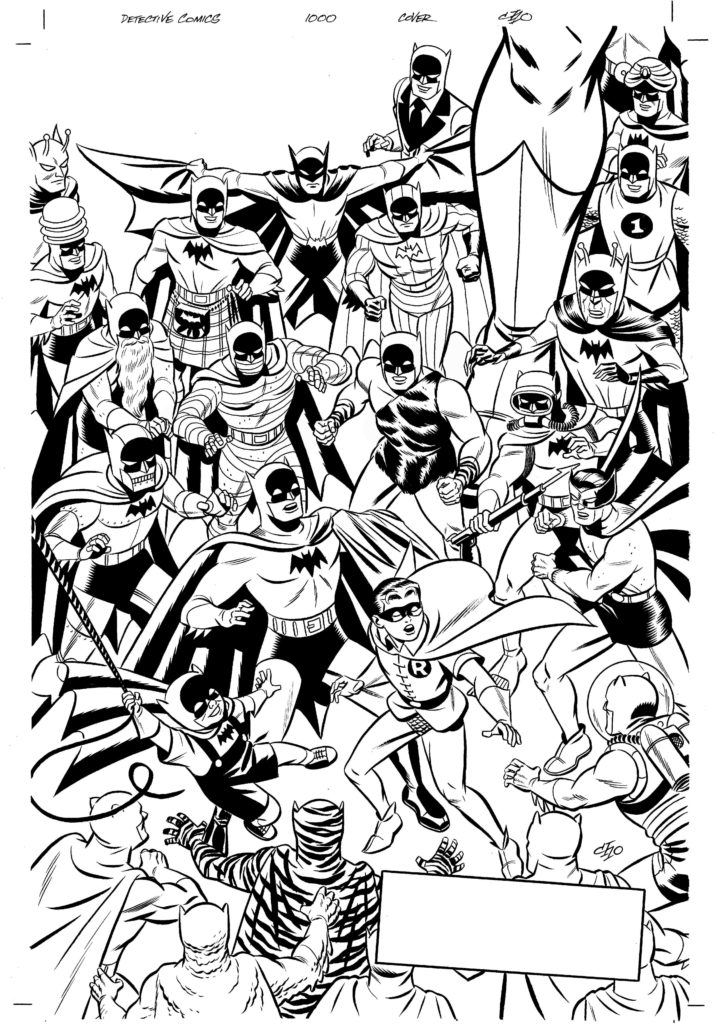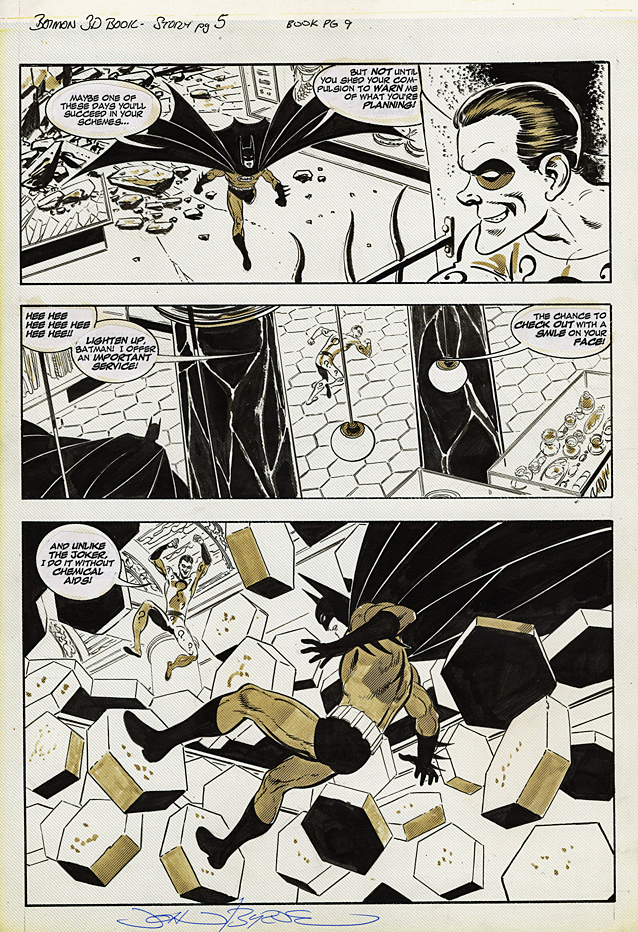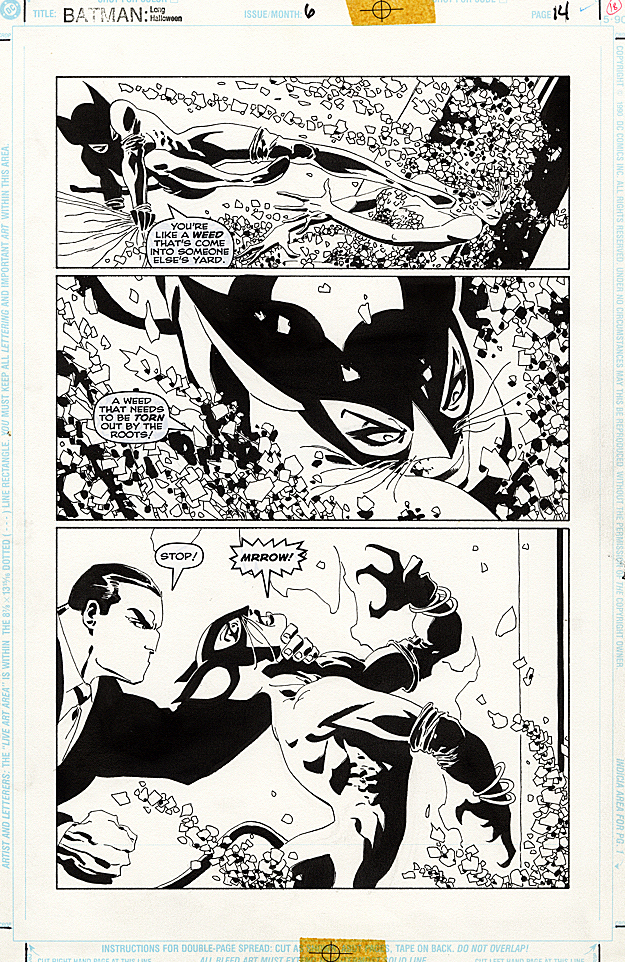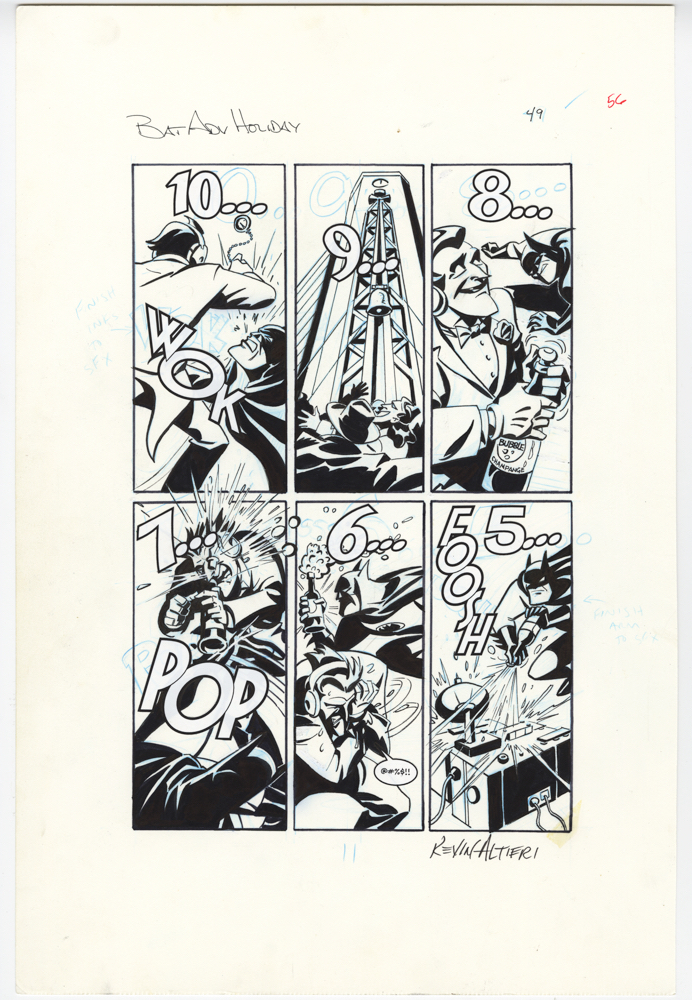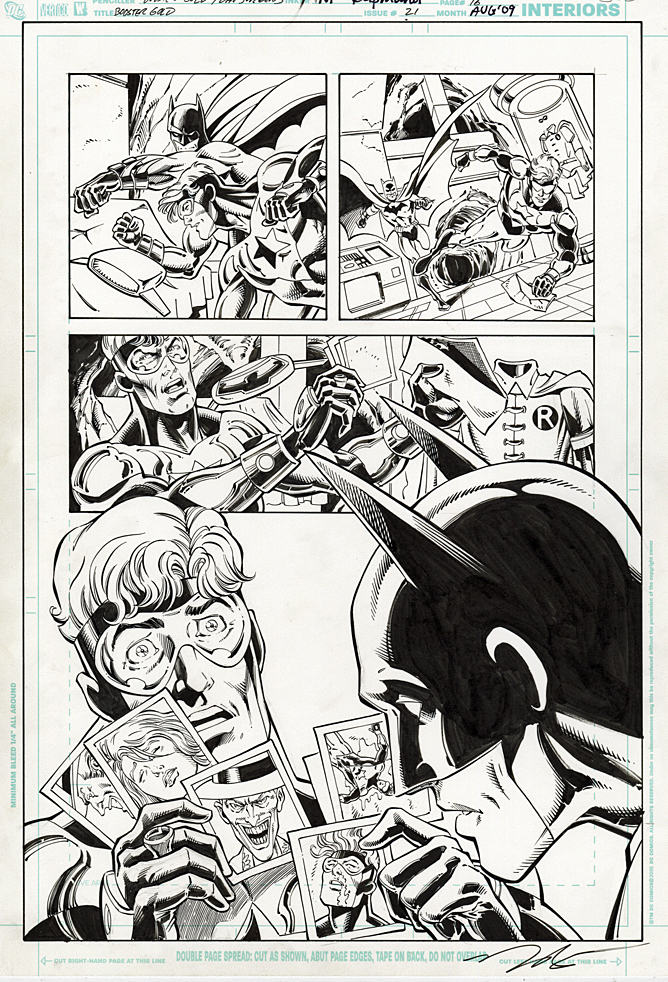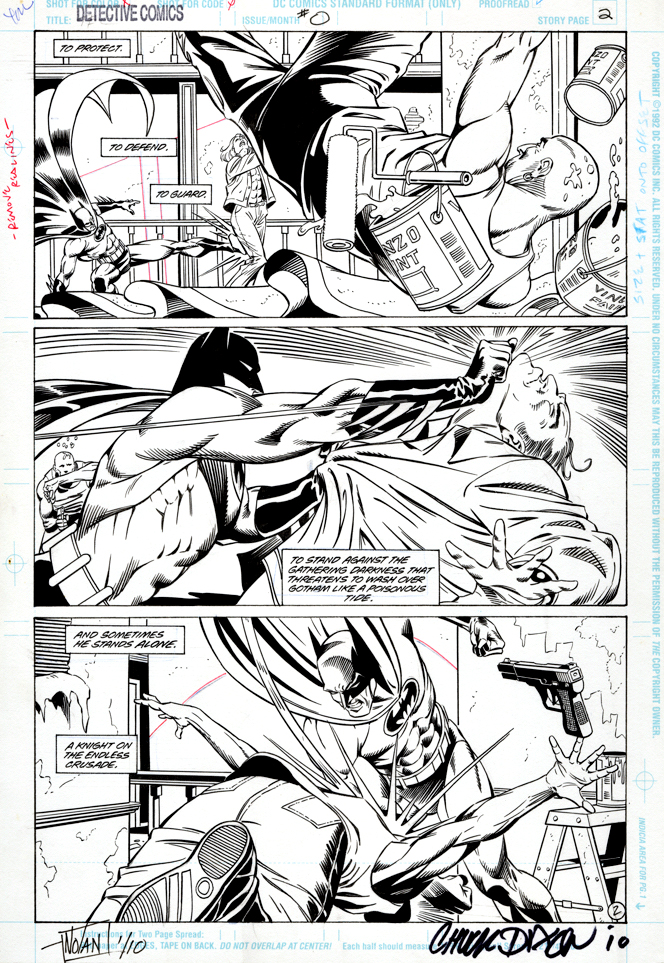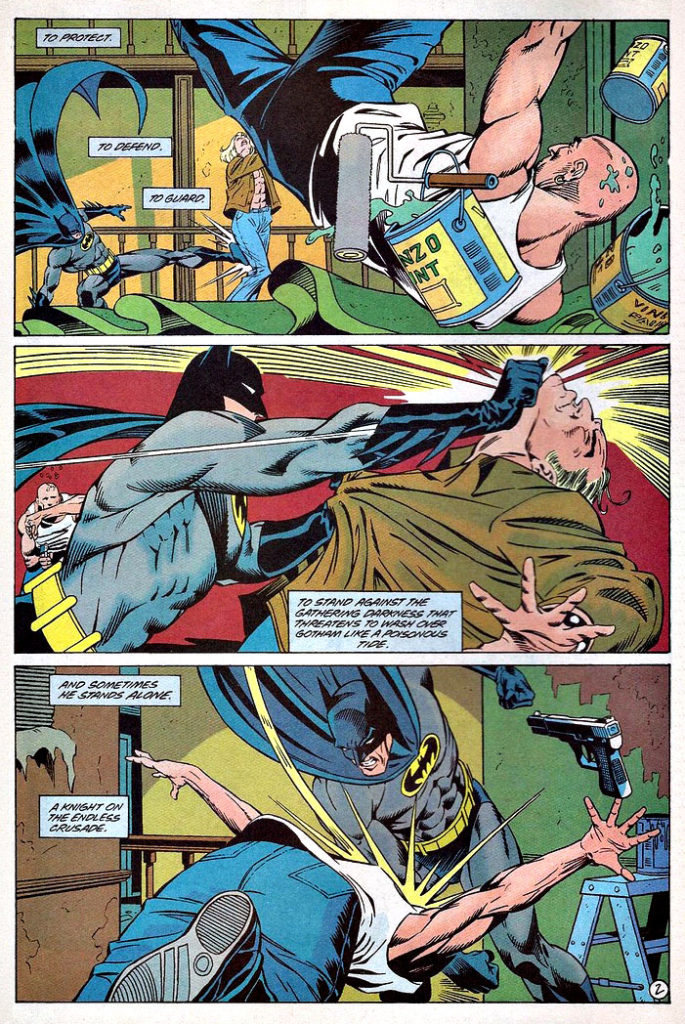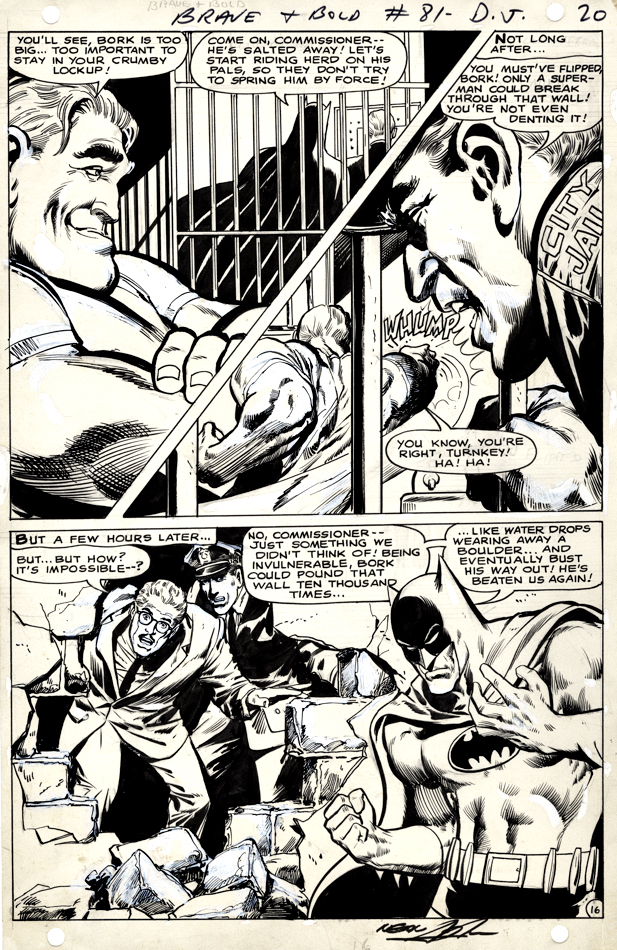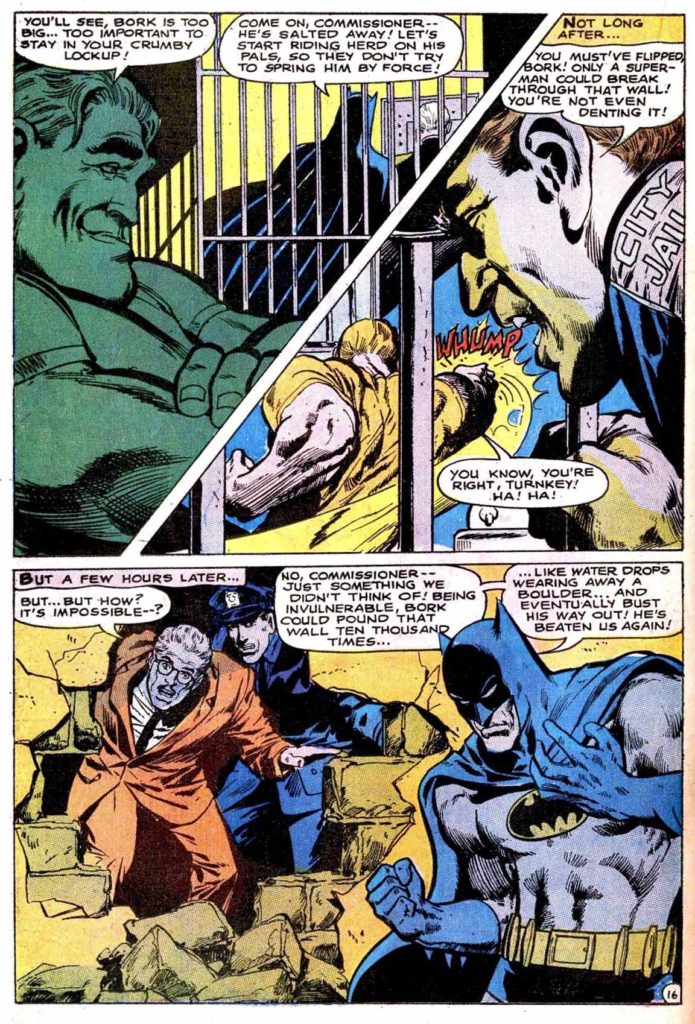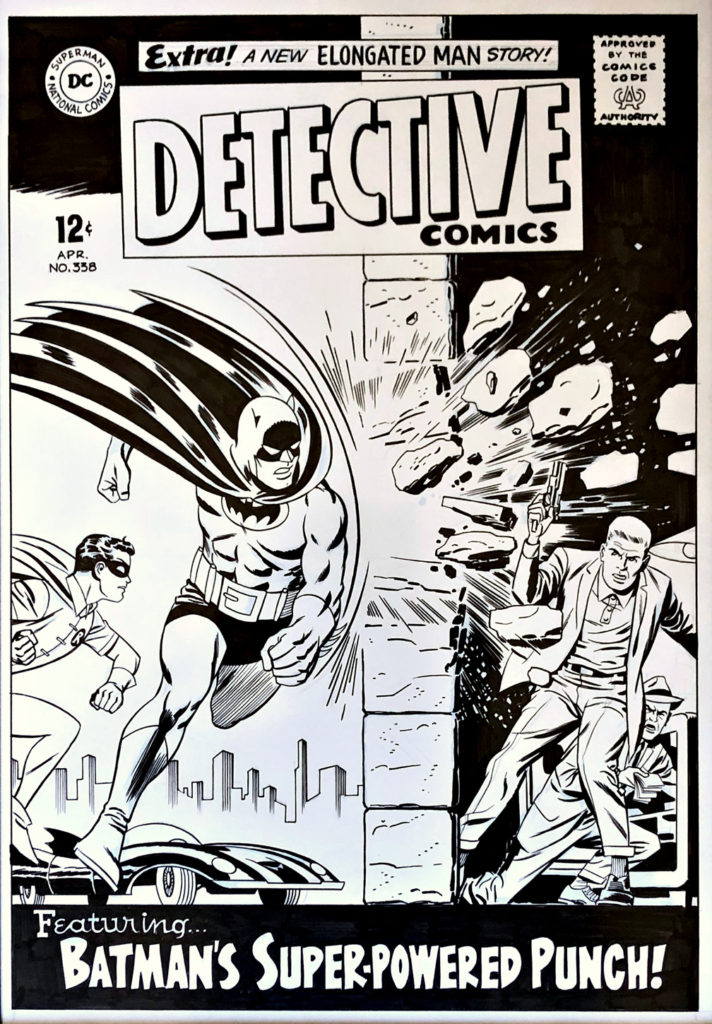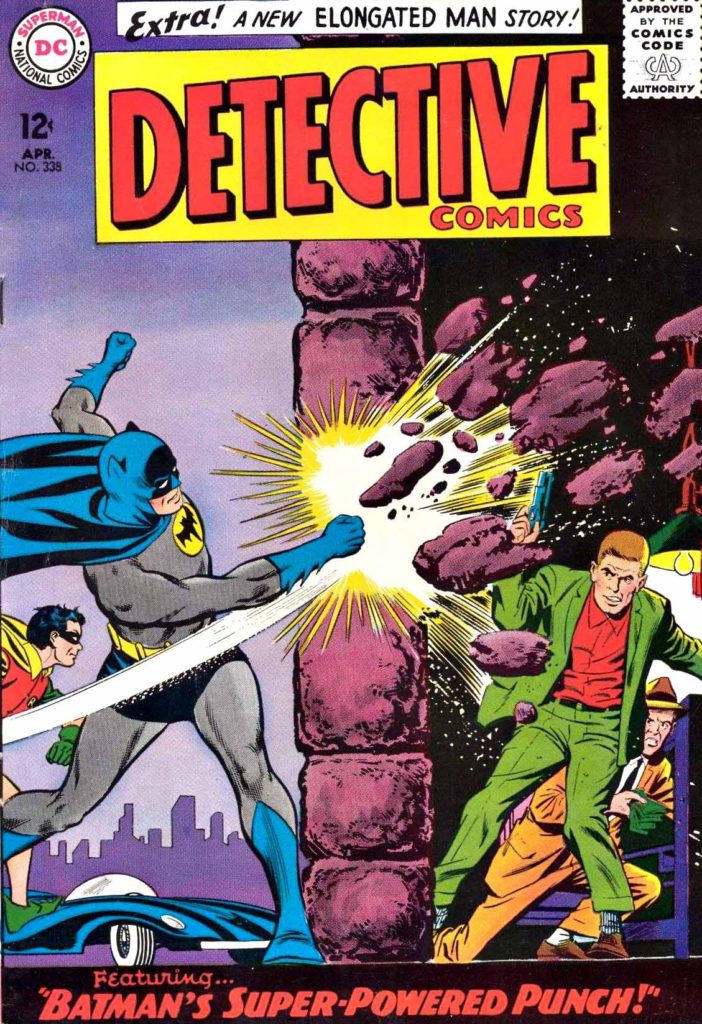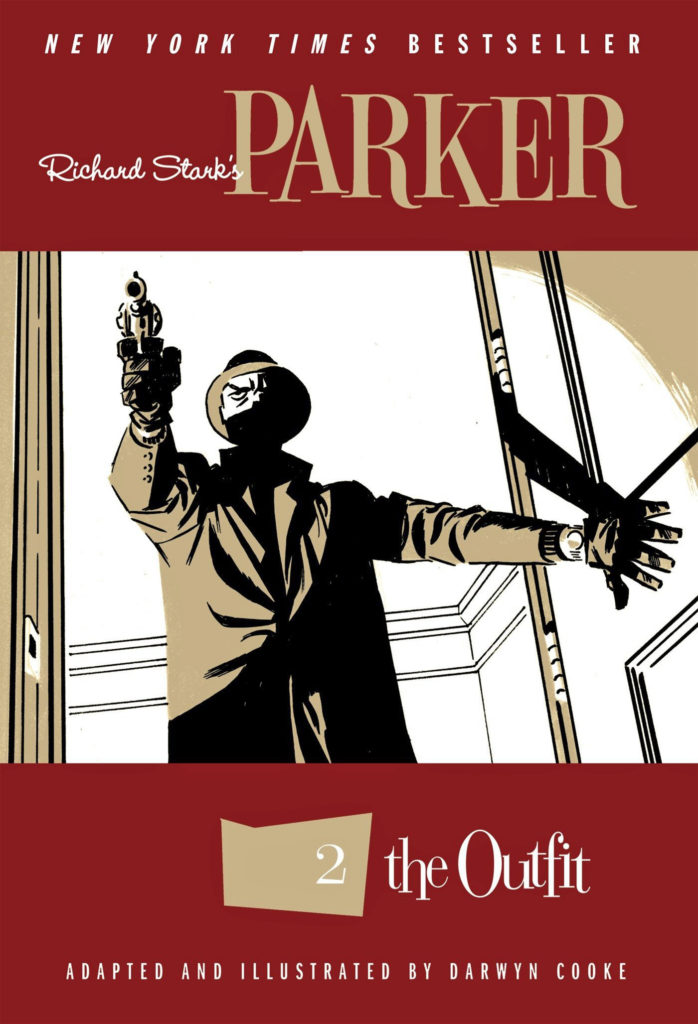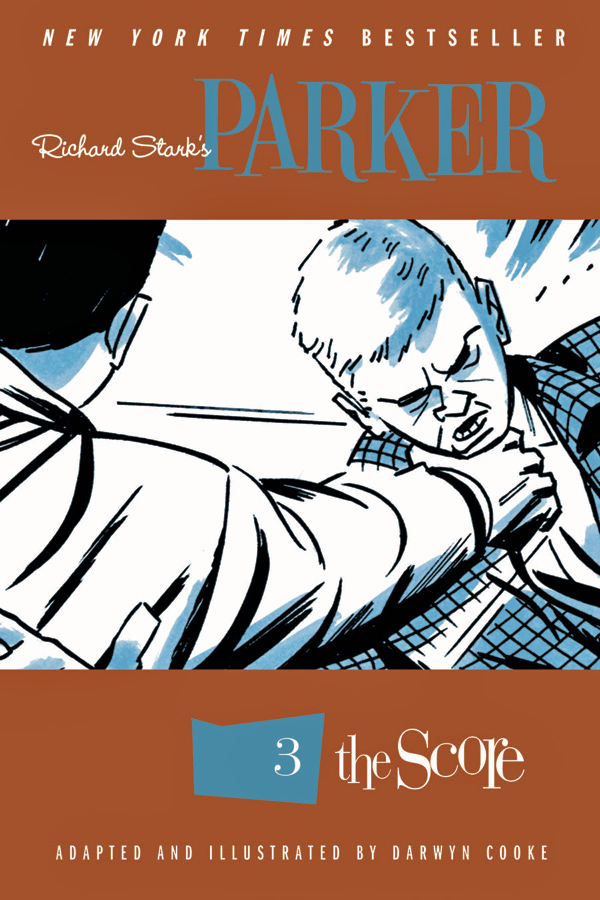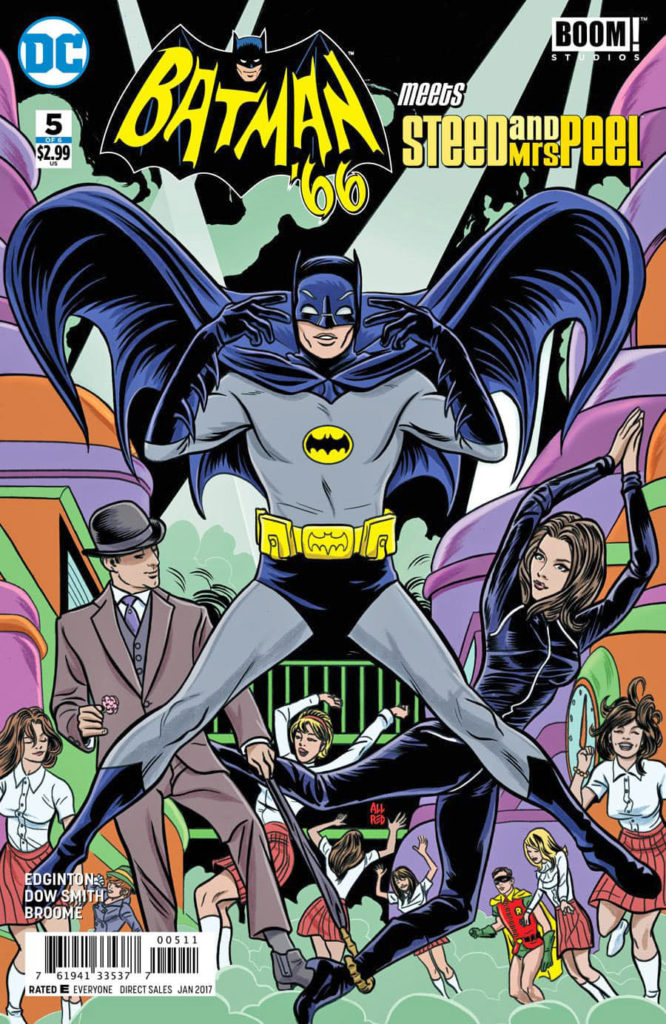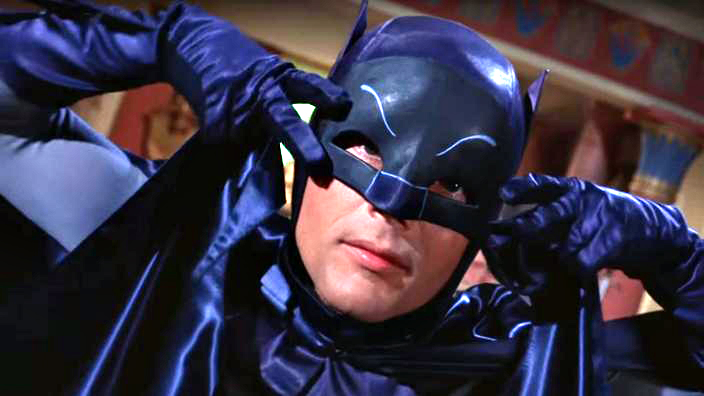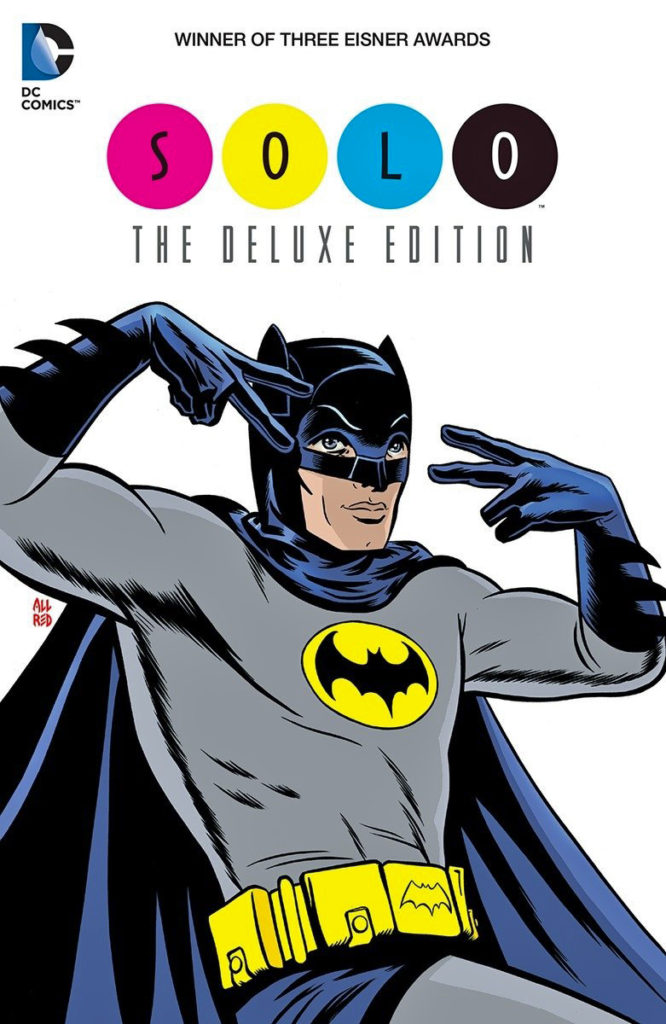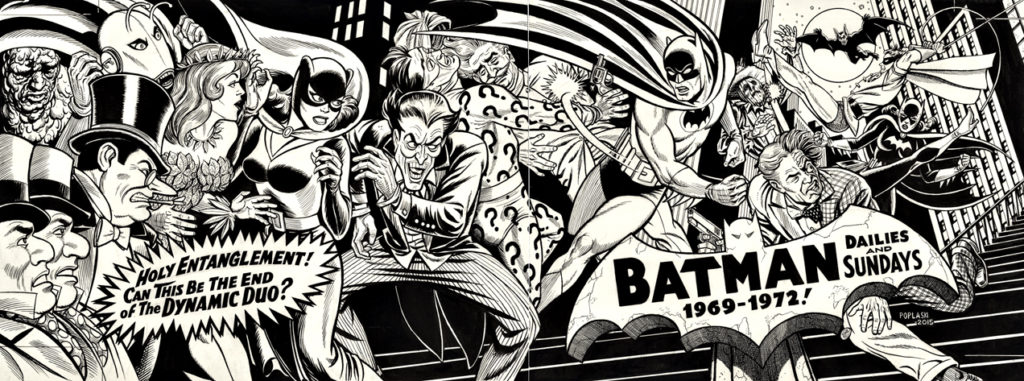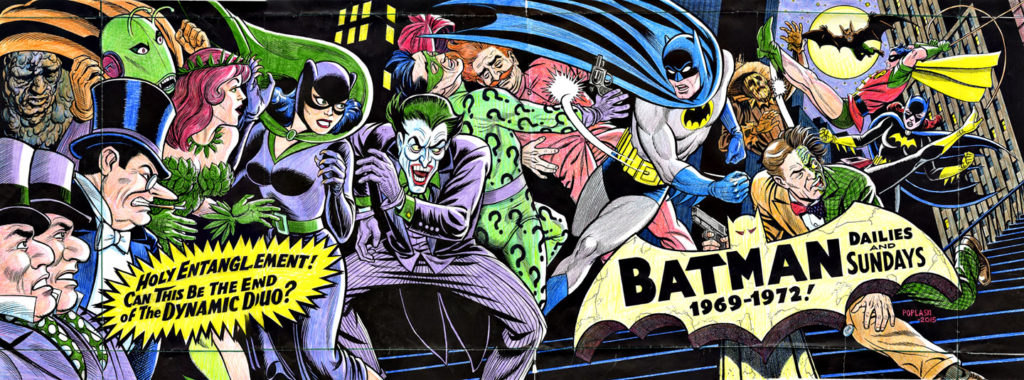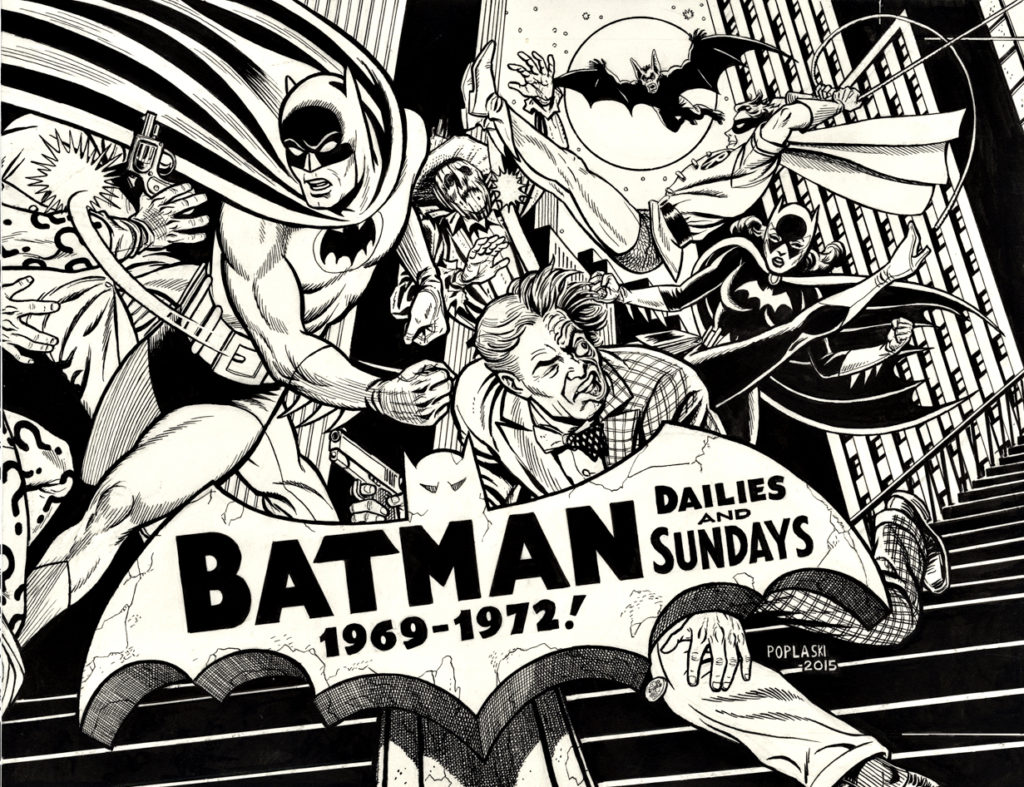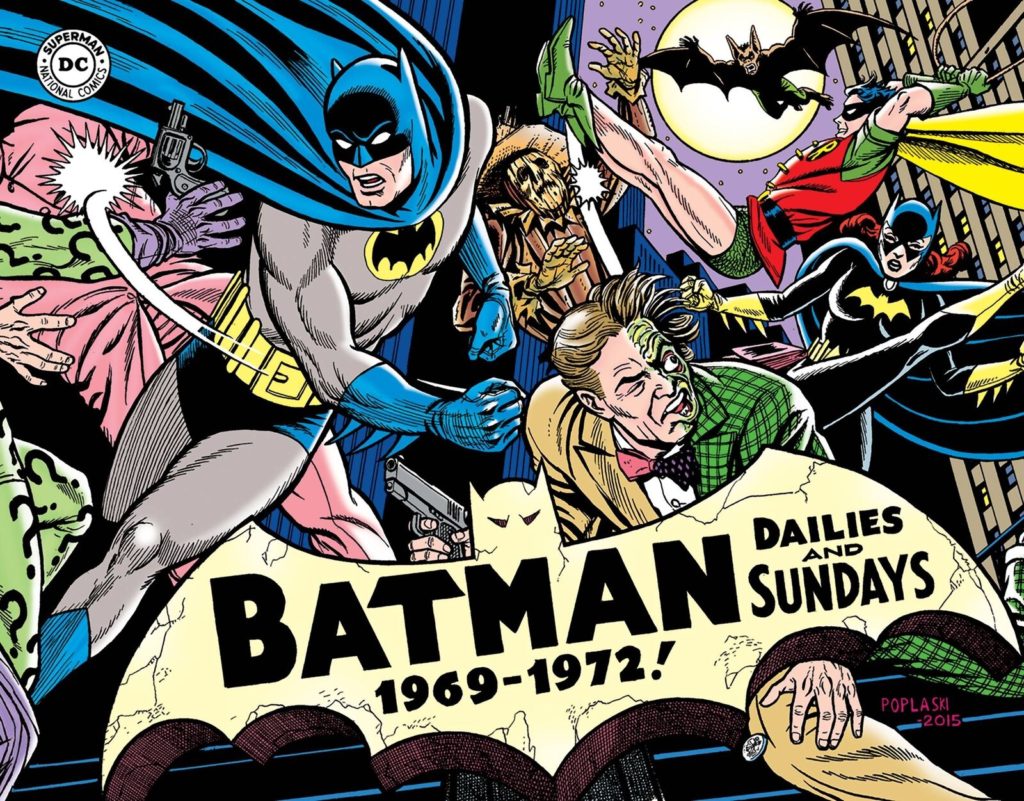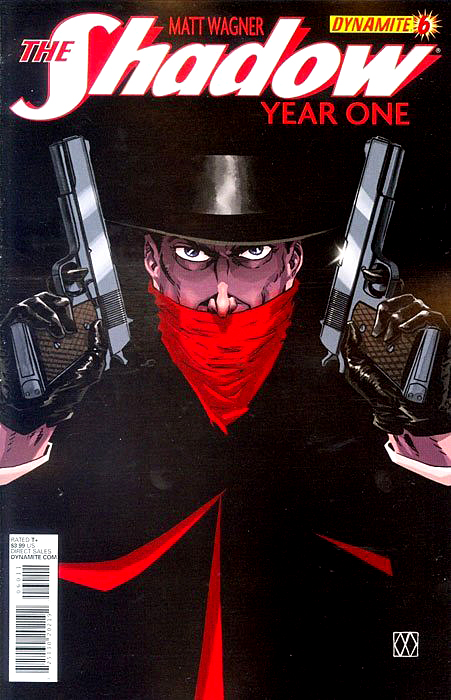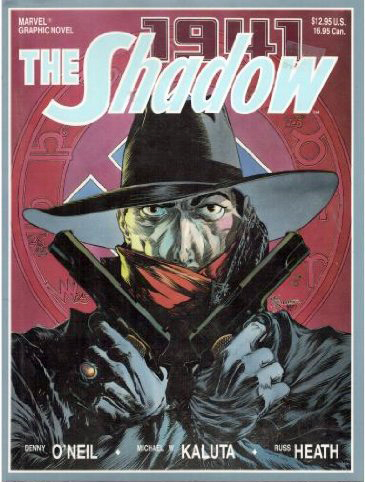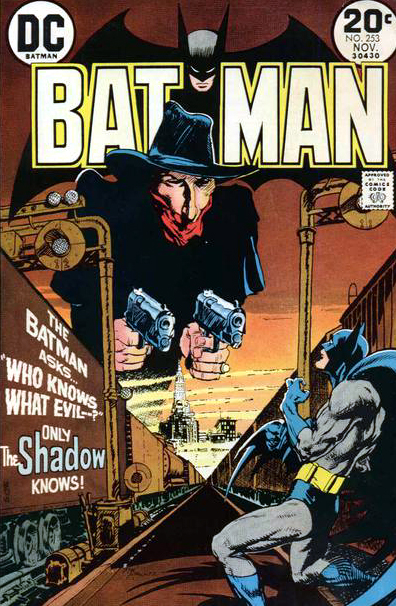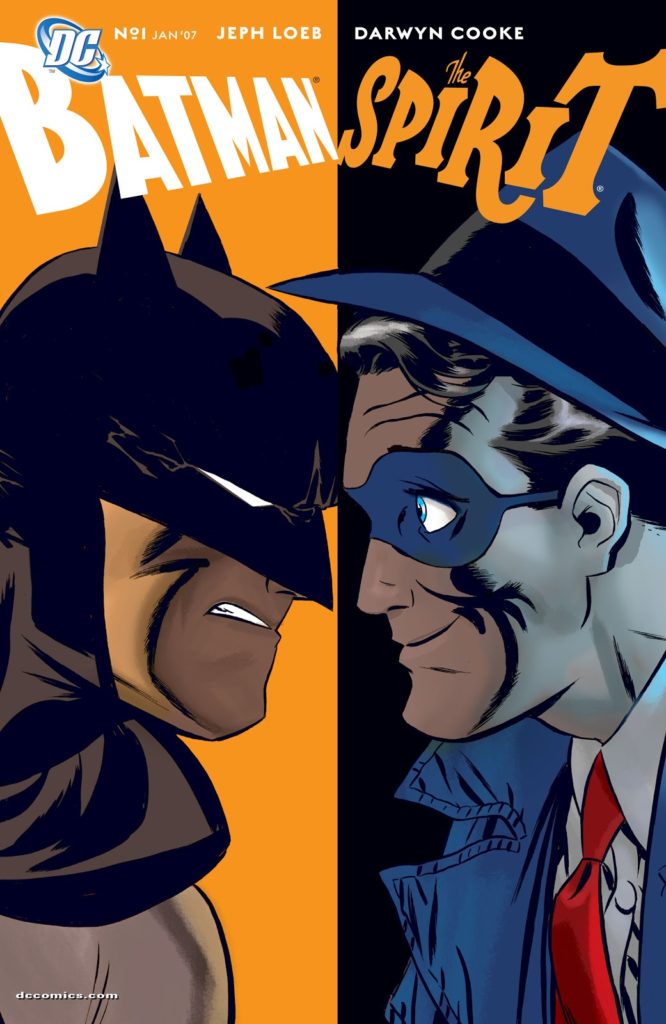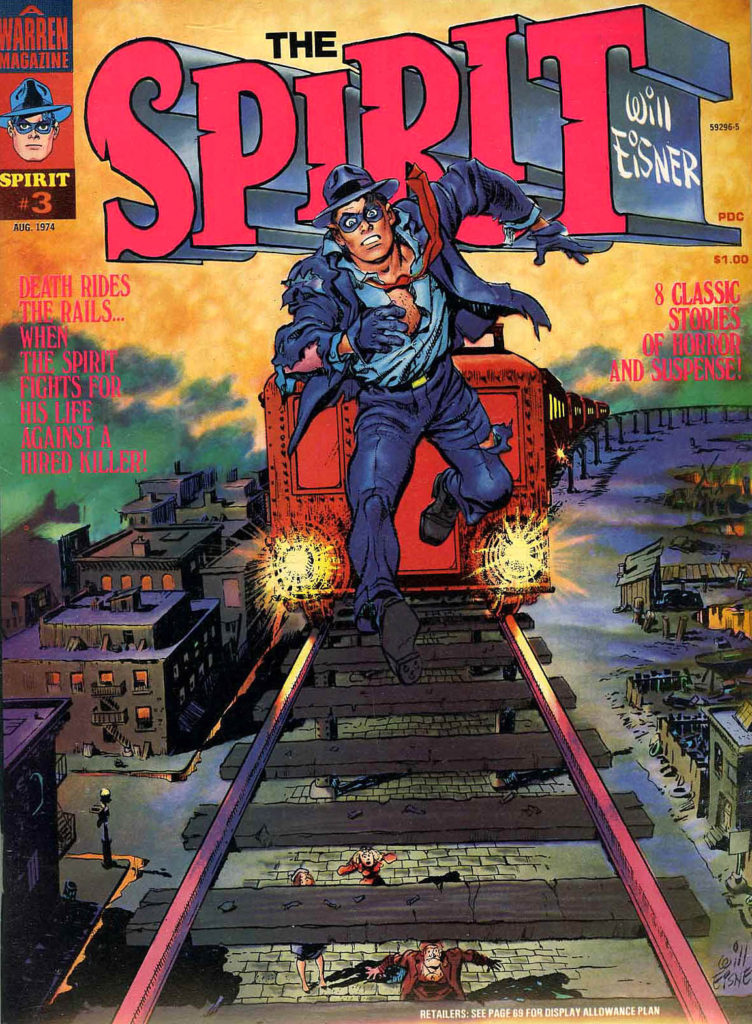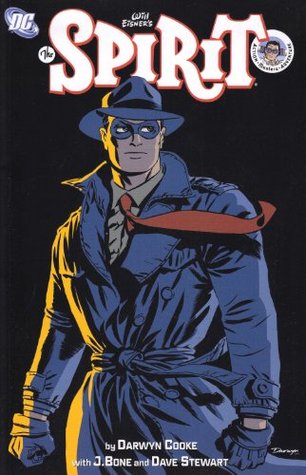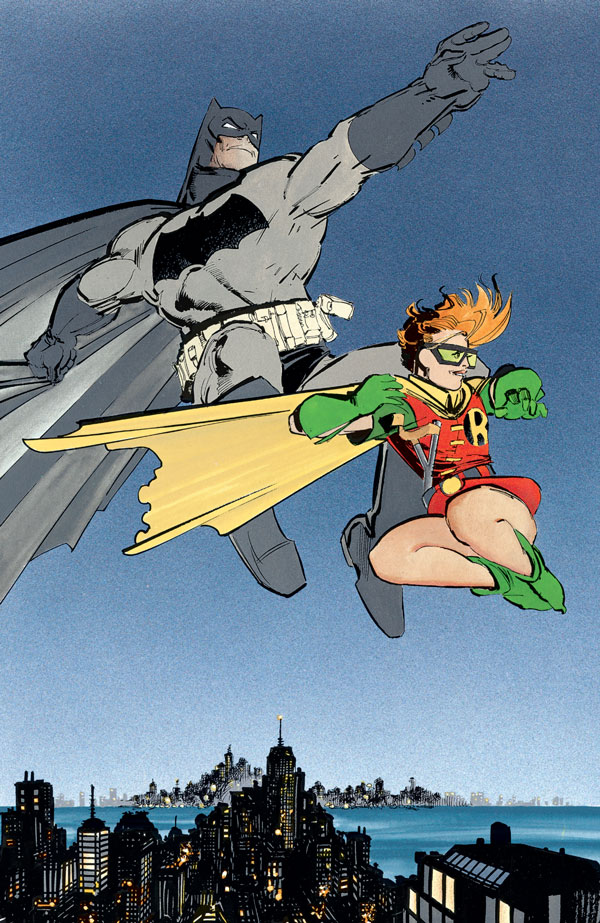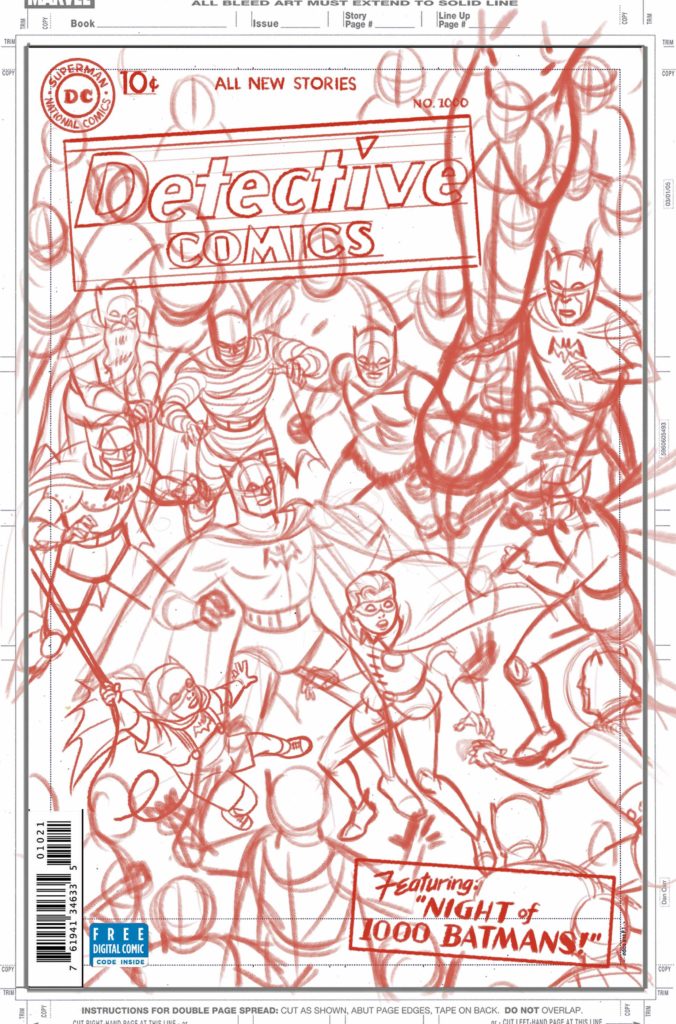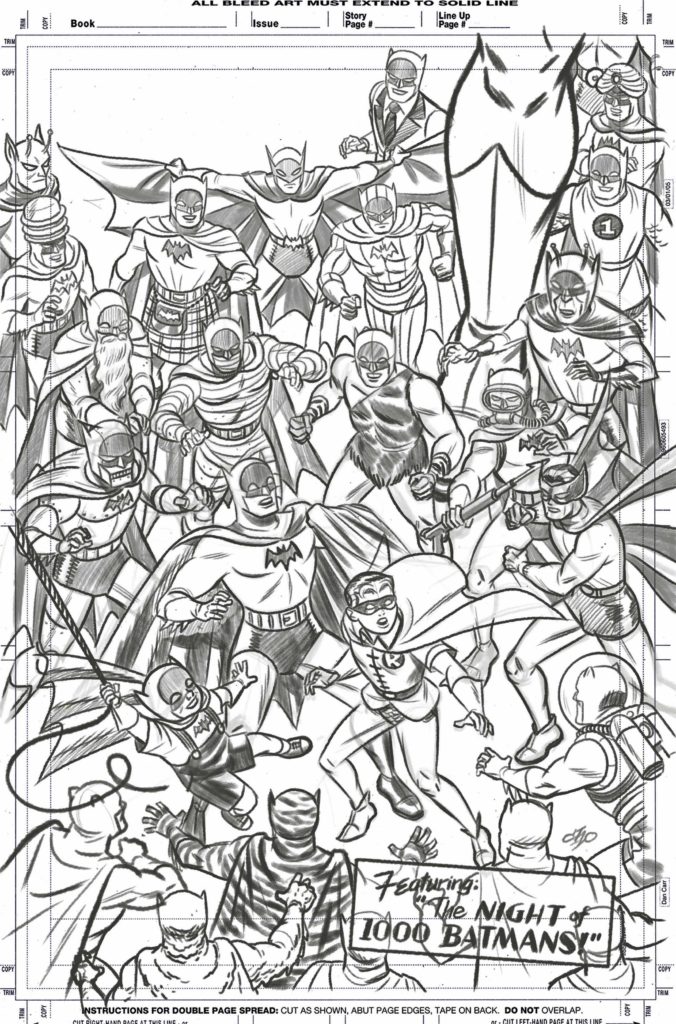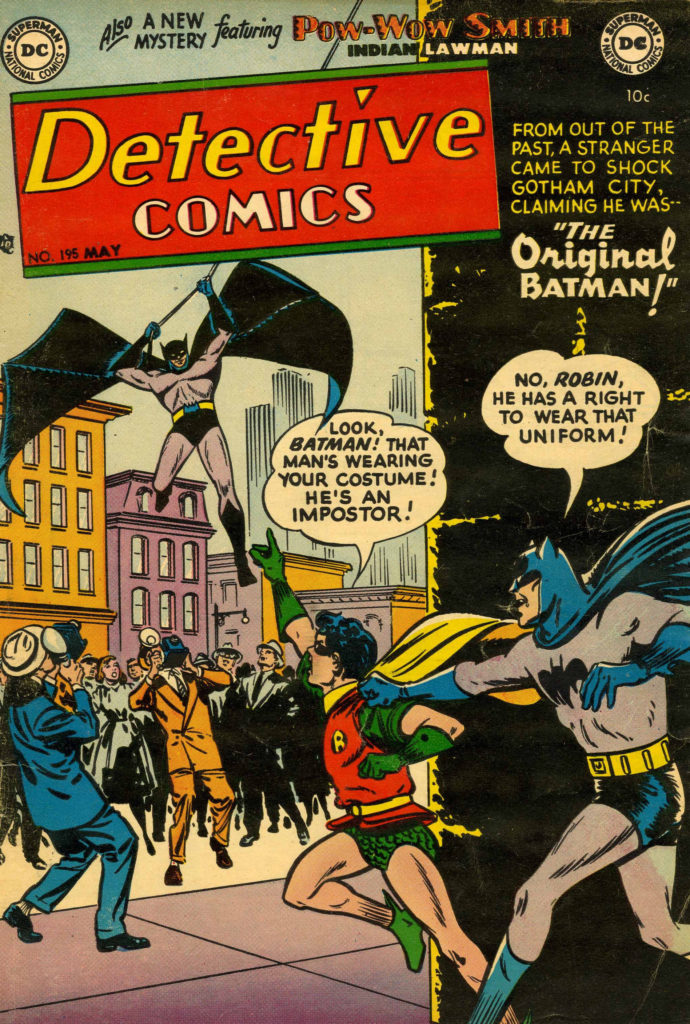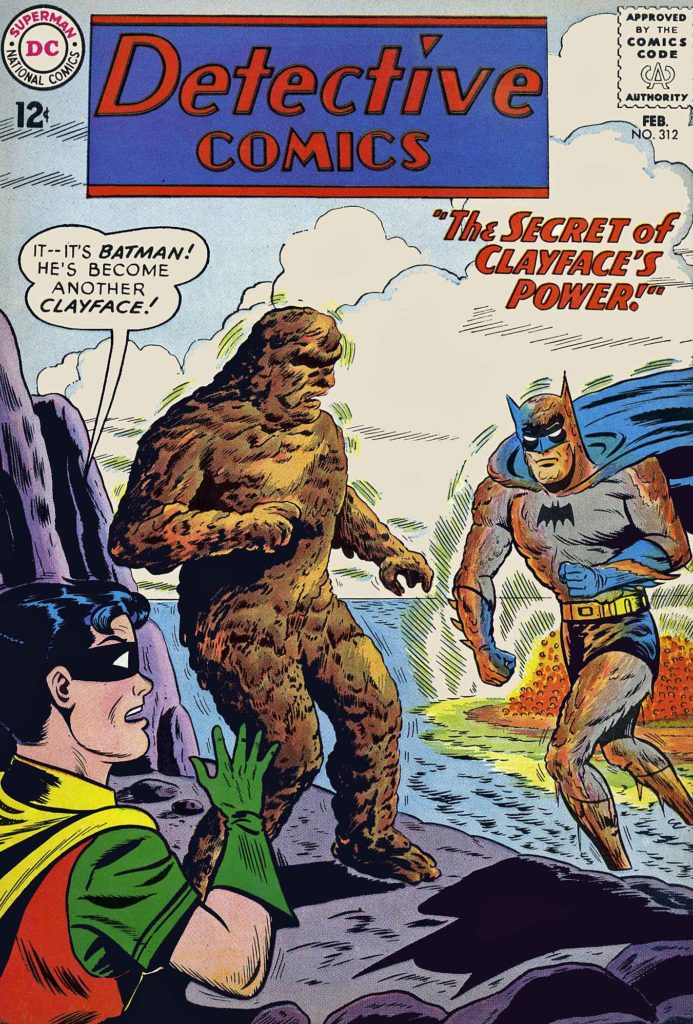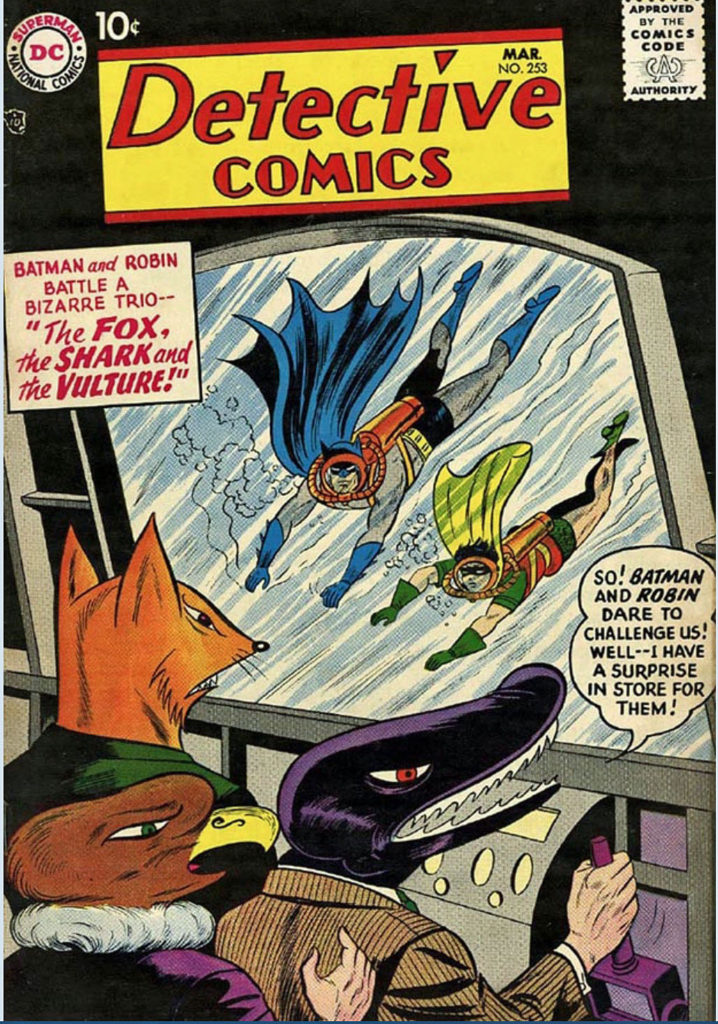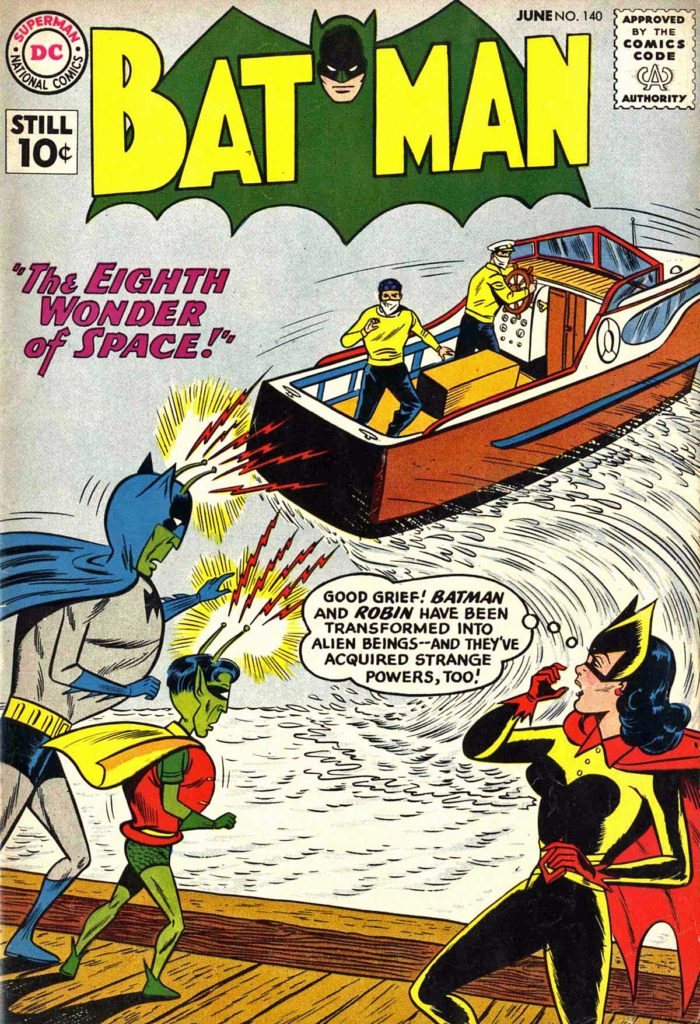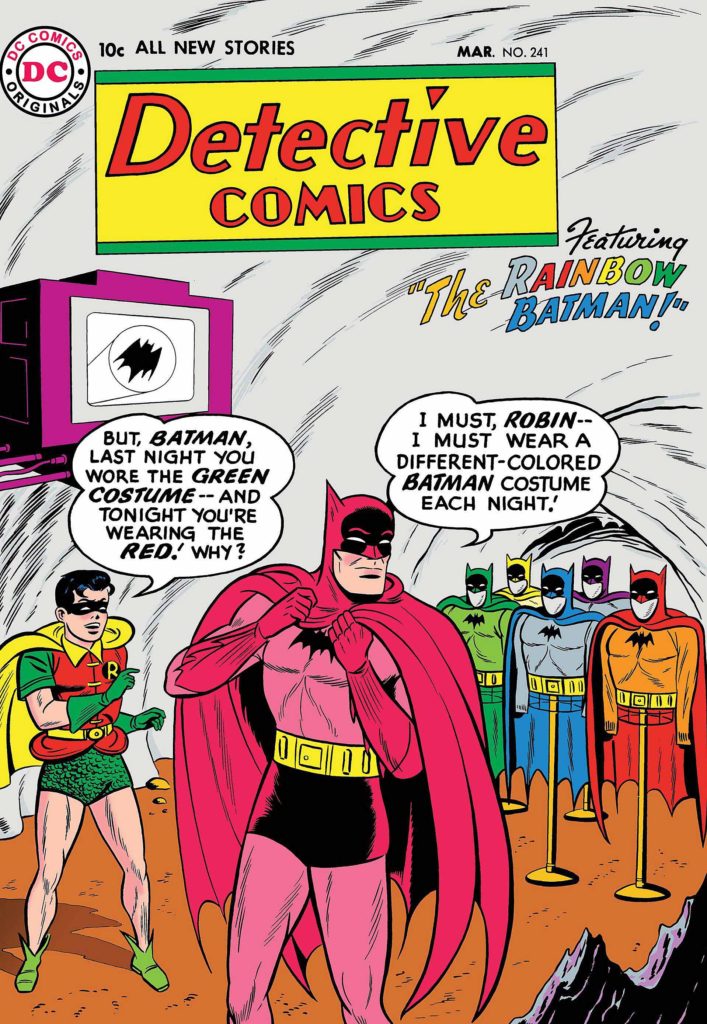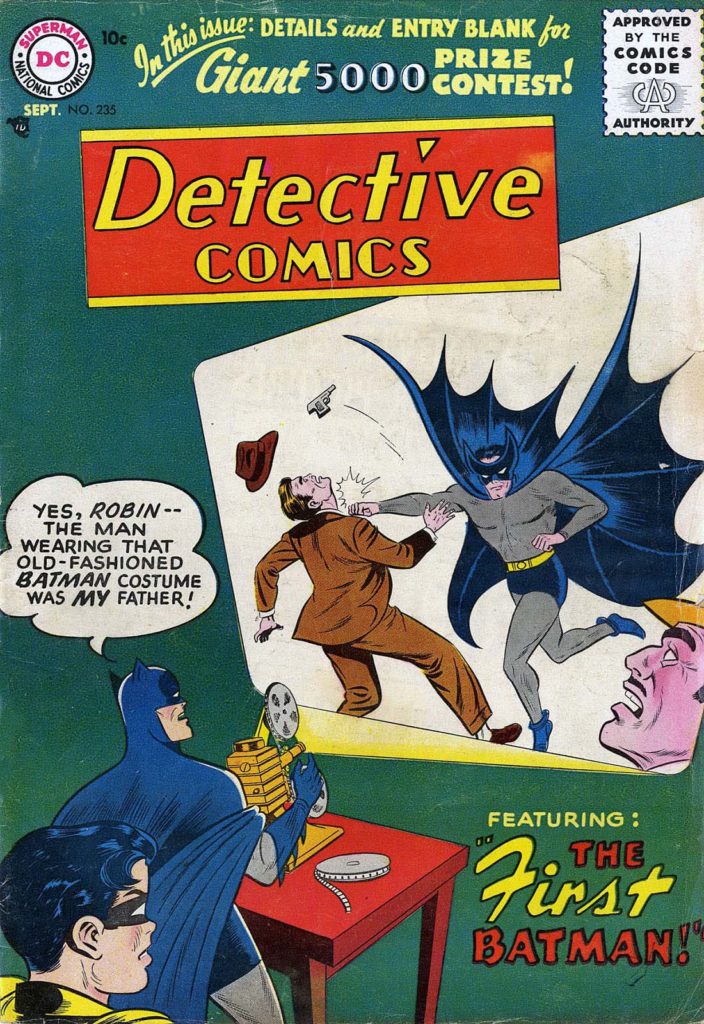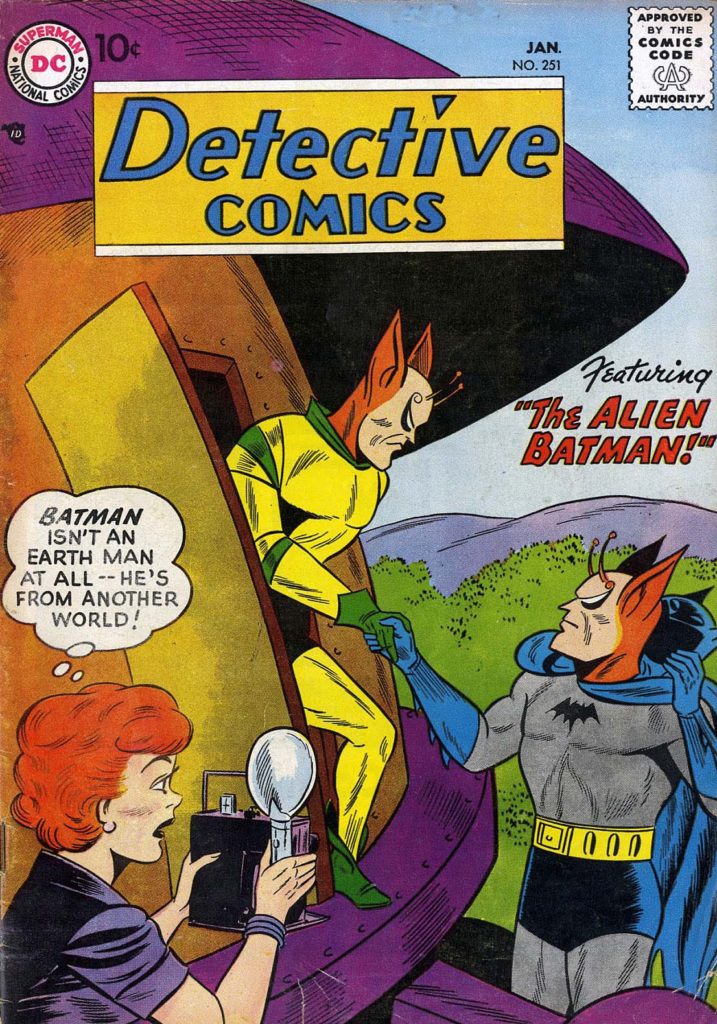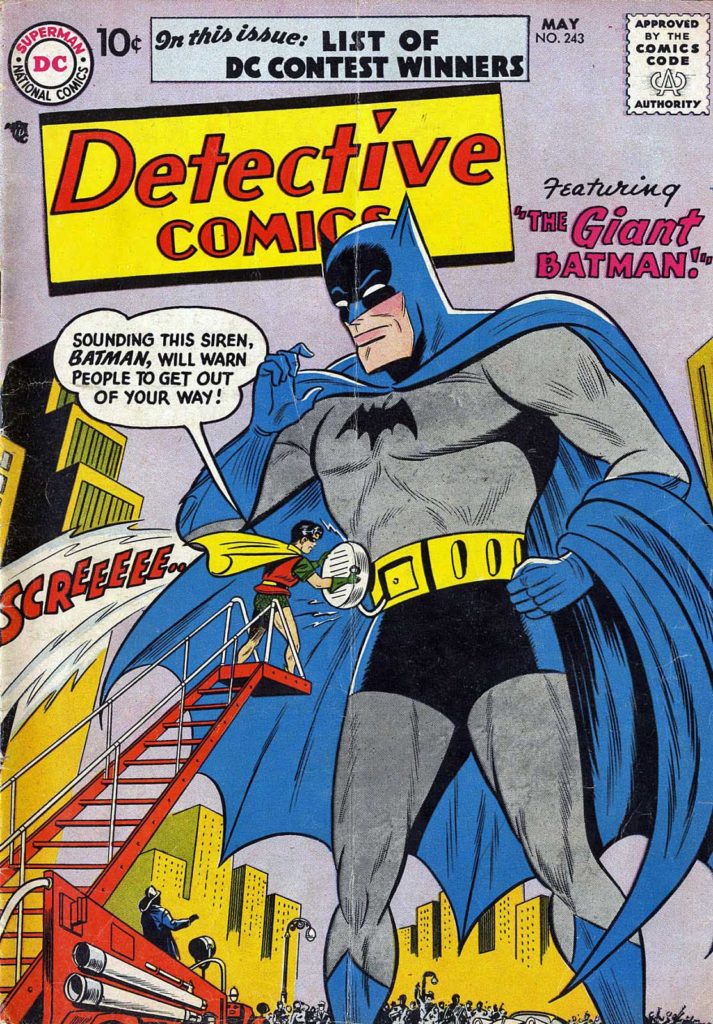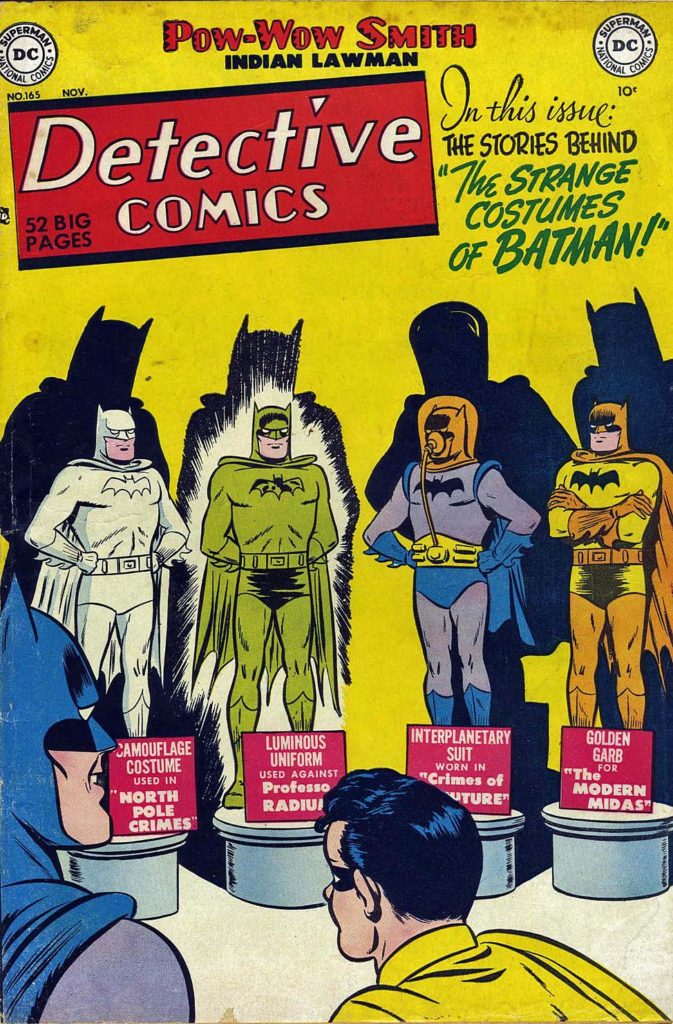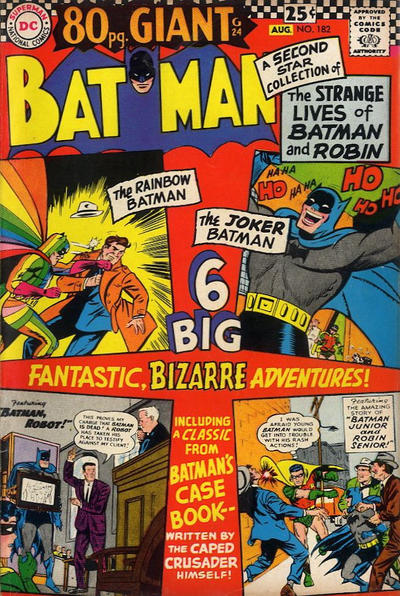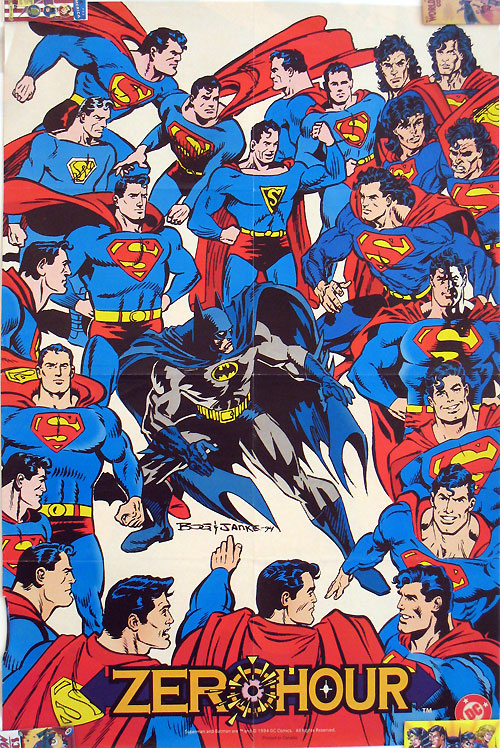Tag: Batman
Graham Nolan — Widescreen
Detective Comics #0, October 1994
Graham Nolan delivers an action-packed three-panel page from the peak period of the his and Chuck Dixon’ Batman run in the early 90s. This is of course the same dynamic duo that brought us the supervillain Bane a year earlier.
(I still break into a cold sweat from that page where Bane breaks Batman’s back. But I digress.)
I’m fascinated that 100 percent horizontal panel layouts took such a long time to become more commonplace, especially given the frequent storytelling relationship between comic books and film. Although Hollywood introduced widescreen in the 50s (a marketing ploy primarily to lure audiences away from their TV sets) the square format panel was standard for many years.
Now of course the horizontal panel layout is ubiquitous, but even in 1993 it stood out among the crowd. And this one specifically is a dynamic example of how it can enhance the action.
(All The Batman books had “Zero” issues as part of the broader Zero Hour DC crossover event.)
Fun fact #1:
The first bar I ever (illegally) hung out at as a kid in my Long Island hometown was built by Graham’s grandfather — who had sold it by then. (Pub still there, by the way, hopefully it will survive Covid.)
Fun fact #2:
My pal Joey Cavalieri and I both had an English HS teacher who was a classic barfly at said bar. (Good teacher though).
But these are stories for another day.
Neal Adams — Jailbreak
Brave and Bold #81, January 1969
Here’s a splashy Neal Adams page from his fourth overall Batman story.
As always, Neal’s facial emotions are spot on. I love Bork’s smug face, Commissioner Gordon’s shocked expression, and Batman’s frustration with the entire situation. The body language on all the characters on the page also adds drama to the storytelling.
Vince Colletta was the first inker on the story, and Neal wasn’t happy with the results so he and Dick Giordano re-inked some of it. You can see some corrections on this page, and others in the story, when viewing scans of the original art.
Neal Adams Batman from the Silver Age — Definitely pleased to own this one.
A little whiteout never hurt anyone.
Darwyn Cooke — Detective Duo
Detective Comics # 338 and #356 Mashup Re-imagination, 2010
As noted last year, the late, great Darwyn Cooke produced a number of these reinterpretations and homages of classics during his all too short lifetime.
In this dynamic drawing, Darwyn combined two classic covers into one, taking the iconic “punch scene” from Detective #356 and fitting into the #338 layout. Carmine Infantino (pencils) and Joe Giella (inks) created both of the memorable original covers.
When you dive the detail of the re-imagination, you might notice that the crooks in the right frame now more closely resemble the hoods that populate the Darwyn’s astonishing Parker graphic novel series that we published at IDW. It’s a wonderful touch.
Definition of a comics geek?
When I saw this piece offered for sale, I recognized what Darwyn had done — without it being specifically noted in the item description. Issue #356 was one of the first Batman comics I remembered reading as a kid.
Mike Allred — Batusi?
Batman ’66 Meets Steed and Mrs. Peel #5, January 2017
I’ve expressed my appreciation for Mike Allred way back when I started this blog. (Here and here.) His style is lively, clear, clean and “retro” — absolutely perfect for some great covers on DC’s Batman ’66 publishing program.
Batman ’66 seems to have now gone the way of all defunct universes, but before they wrapped up creating new content, they created quite a few fun crossovers with other similarly adventourous 60s TV shows, including The Green Hornet, Man From U.N.C.L.E., and the British TV favorite “The Avengers.”
DC couldn’t call them that of course, so its Batman ’66 meets Steed and Mrs. Peel.
Whatever you want to call them, a full cover Adam West Batman and cast hypnotically doing the Batusi seems like a great addition to a collection.
The Batusi? Well, in 1966, you just had to be there I guess.
The Batusi is performed by making a horizontal V-sign with one’s index and middle fingers of both hands, and drawing them across in front of the eyes, away from the center of the face simultaneously, with the eyes roughly between the fingers. This is performed in time with the music, and is improved upon by continuing to dance with the lower half of the body, simultaneously. — From Wikipedia
Pete Poplaski — Family Affair
Batman: The Silver Age Newspaper Comics Vol. 3 (1969-1972), November 2016
Pete Poplaski has been called an “artist’s artist” by many creators. His name might not be known as well as other artists, but his talent is unquestionable.
Pete, who broke into comics in the 70s underground community, ultimately became Kitchen Sink Press’ art director, and among many accomplishments helped give some of Robert Crumb’s projects just the right design touch.
Kitchen had the rights to reprint the DC Batman and Superman comic strips in the early 1990s, and Pete created brand new covers that evoked the classic style of those strips.
When we acquired those reprint rights at IDW in 2012, we went back to Pete to see if he would be interested in picking up where he left off, and fortunately he was.
Wayne Boring. Dick Sprang. Al Plastino. Carmine Infantino. You name a classic artist, and Pete can replicate the style.
And perhaps most astonishing of all is this giant wraparound cover for Batman Silver Age Volume 3. Featured on these covers are nearly everyone in the Bat family from that era. Good guys and villains alike. All the type is hand lettered.
And when I say giant, I’m not kidding. When combined, the two pieces are nearly four-feet wide.
I’ve never seen another piece of comic art quite like it.
September 19 is “Batman Day,” so we’re going to ride the Bat-train for a few weeks and post some additional theme-appropriate art. No “Bam or “Pow” included.
Matt Wagner — Pistol Packing
Shadow Year One #6, October 2013
Matt Wagner delivers a dynamic two-gun version of The Shadow for his much lauded Shadow origin series in 2015.
The Shadow routinely carried two .45 guns. That said, he wasn’t opposed to a rifle or machine gun, now and then.
Matt wrote this excellent series, and illustrated most of the covers, each one a frame-worthy rendition of the classic pulp character.
When DC brought back The Shadow after a long absence from comics in 1973, Mike Kaluta drew the now genre-defining early issues, and ultimately illustrated a beautiful graphic novel for Marvel years later.
Mike is also a big fan of the double-barreled look as well.
Darwyn Cooke — Captures The Spirit
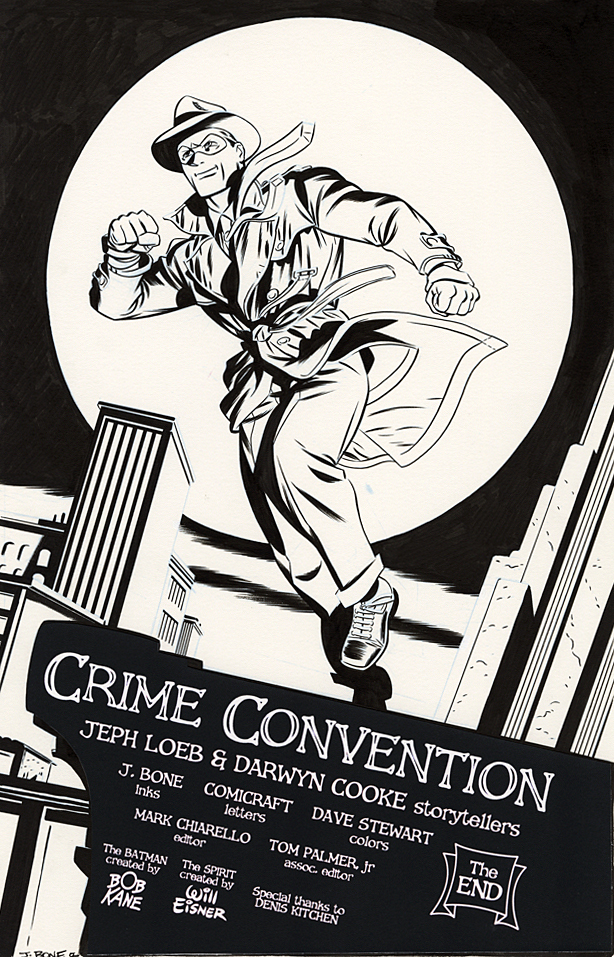
Continuing our celebration of “Will Eisner Week” and the 80th anniversary of The Spirit, with other creators’ takes on the beloved and influential character.
The late Darwyn Cooke? The closest thing to Will Eisner this modern generation of talent had seen. Visionary storyteller, writer, illustrator, letterer and more. Not only could he do it all, Darwyn could do it well. VERY well.
He was the logical choice for an ongoing series of Spirit stories — the first since Eisner’s run ended in 1952.
DC launched the series with a Batman Sprit crossover, and this terrific splash is the final page of that story. Inked by J. Bone, this issue, and the subsequent ones of the ongoing series are the closet in spirit (ahem) to Eisner’s vision more than 50 years prior.
Darwyn, we miss you.
“I think everybody who is consumed by storytelling within this medium has had some profound schooling from Will…
I can remember it was one of those days when I was thirteen, and I was in a comic store, and there was nothing that I wanted to get. On the wall was a copy of Warren’s Spirit magazine. I think it’s number three, where he is running down the elevated track straight at you, and the train is behind him. It’s just one of the most exciting images I have ever seen…”
-Darwyn Cooke interview From Will Eisner: A Spirited Life by Bob Andelman
Kevin Eastman — To Frank, With Love
Batman / TMNT, Unused Variant Cover, 2015

Here’s an original to help us celebrate the 80th anniversary of Batman (I know, we said we were finished with that series… but this time we mean it!) and the 35th anniversary of the Teenage Mutant Turtles, launched in 1984.
Kevin Eastman was inspired to create this Frank Miller Dark Knight Returns homage during the first DC / IDW crossover between Batman and the Teenage Mutant Turtles. No surprise, as Kevin cites Miller and Jack Kirby as inspirations for his and Peter Laird’s original TMNT. The piece wonderfully captures the grittiness and weariness of Miller’s Batman; and Michelangelo as Robin? Mad genius. Everyone at both companies loved it.
But the art was formally submitted for approval a bit late in the game — after all the retailer variants and exclusive covers for that series had been determined and solicited, so it missed series one.
Flash forward to series two and three (2017 and 2019) — and now the DC retailer variant program has been virtually eliminated, and there is no logical place for the piece to appear as a cover. Sigh.
That third series is wrapping up now, and I’m assuming there will be collection of all three in a deluxe format at some point. Maybe this piece will appear as a bonus; I think fans would love to see it, and selfishly, I would love to see a color version.
As for how TMNT came to crossover with Batman in the first place? That’s a great tale, but one for another day.
Michael Cho — Man Of A Thousand Costumes
Detective Comics #1000, April 2019
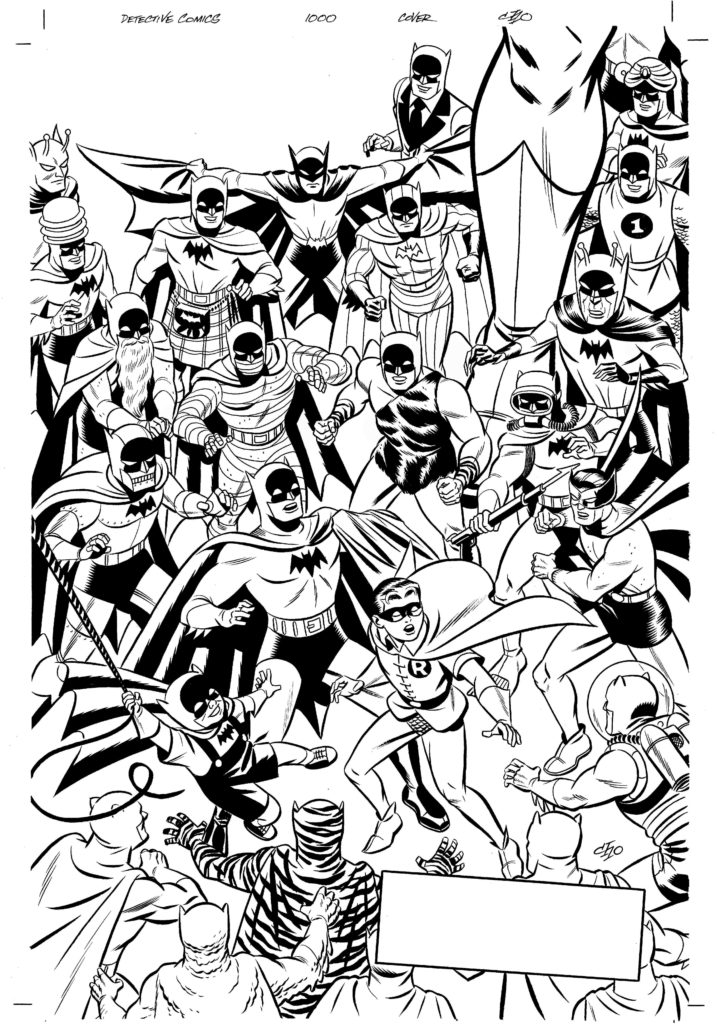
Today concludes our special series celebrating Batman’s 80th birthday.
I’m not a child of the ’50s. Didn’t make the cut.
But… I was a little kid in the ’60s when DC published many great 25-cent annuals (80 pages!) and specials reprinting classic tales of classic characters.
Like Batman, for instance.
It was in these annuals that I learned abut Giant Batman, Rip Van Batman, Rainbow Batman and more. I had no idea when these stories first appeared, and I didn’t care. It also didn’t matter that they didn’t quite fit in with the “new-look” Batman. They were goofy fun, and I was a kid, and goofy fun was a job requirement.
I hadn’t thought much about those iterations of Batman in recent years. Many of those stories have yet to be reprinted in the current DC omnibus collections because of, well, pesky chronology.
Then at SDCC, Preview Night, Michael Cho’s art representative put this original of Detective #1000 on display while I was chatting with him.
It floored me.
Michael captured so many of those wondrous Batman moments in one stunning and giant (Its drawn on a double-size board) original. And as noted previously, I’m a passionate admirer of his art.
I asked the price. The dealer answered. I gulped. My art budget would be shredded.
But I understood the pricing — it’s obviously a one-of-a-kind piece. A classic cover for a milestone comic book.
I hesitated for one millisecond. And then I was smart enough to say: “Yes, I want it.”
Good thing too. Turned out there was another buyer literally right behind me. (Typically, I’m the collector who just misses out, so this was unusual.)
I confess that I didn’t recognize ALL the Batmen on the cover at first. (Some of course are covered by the final trade-dress.) But fortunately, with Michael’s help, it’s now sorted out:
17 visible front-facing Batmen surrounding “Conventional” (Regular? Traditional?) Batman and Robin, and seven additional Batmen with a back view to the reader. Below is the complete list, with the original appearances noted as well. The art gallery features the original covers, as wells Michael’s preliminary art, created digitally.
These are not all the odd versions of Batman. Michael himself laments that he couldn’t fit in Batman Jones (Batman #108) or Batman Creature (Batman #162), and a few others, but hey, there’s only so much room.
As for Invisible Batman? (Detective #199.) Who’s to say he’s not also on the cover somewhere? I’m certainly not ruling it out.
Detective 1000 by Michael Cho:
- Front view (17):
- Jungle Batman – Batman 72
- Rainbow Batman (full) – Detective 241
- Mummy Batman – Detective 320
- Giant Batman (leg) – Detective 243
- “First” Batman (Thomas Wayne costume) – Detective 235
- Alien Batman (weird face & body) – Batman 140
- Alien Batman (orange ears) – Detective 251
- Bat-Baby – Batman 147
- Genie Batman – Detective 322
- Swindle Batman – Detective 222
- Captive Planet Batman (weird helmet) – Detective 256
- Rip Van Batman – Batman 119
- Scuba Batman – Detective 253
- Robot Batman – Detective 239
- Dragon Society Batman (tunic with #1) – Detective 273
- Scottish Batman (kilt bottom) – Detective 198
- “Original” Batman (cape open like wings) – Detective 195
- Back View (7):
- Bronze Batman – Detective 302
- Clayface Batman – Detective 312
- Zebra Batman – Detective 275
- Interplanetary (space helmet) Batman – Detective 165
- White Snow Suit Batman – Detective 165
- Luminous (radiation) Batman – Detective 165
- Rainbow Batman (pink) — Detective 241


